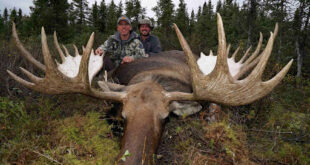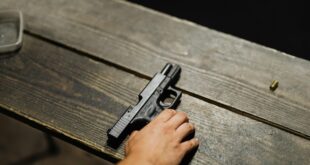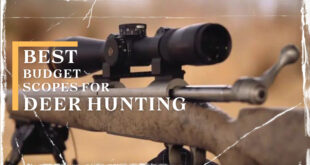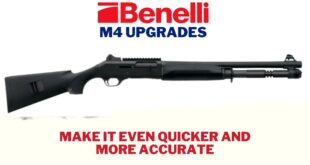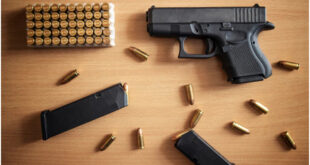I have been an avid hunter all my life, but have just recently started using scopes. For decades I was a purist. I believed that a scope was a crutch which I did not need. I used open sights for everything from squirrels to whitetail deer and never had any issues. Then three years ago my son was born, and I started hunting to feed our family. The meat we put in the freezer saves us thousands of dollars per year in grocery costs.
At the time I was rabbit hunting more frequently than any other game animal. I was handed down my grandfather’s old Nylon 66 .22 rifle, and decided to put a scope on this rifle. I needed to be able to take out a small animal with one shot at over 100 yards, and felt a scope would be the safest bet.

After buying an inexpensive 4X scope and installing it myself, I decided to buy a scope for my Marlin 30-30 deer rifle as well. I had never missed a shot on a deer after 23 years of hunting, but the previous year I chose not to fire because my potential shots were too risky. I would rather have an empty freezer than to risk wounding a deer unnecessarily. I just have too much respect for the animal.
The following deer season I killed three good sized deer with a scope. I even added a scope to my crossbow for more range during archery season. Needless to say, I am now a fan. In this article I will cover some of the variables I considered when purchasing these hunting scopes. I will also cover factors that did not come into play on these three scopes, but that will matter in my next few purchases.
Magnification
There are a few factors to consider when picking a magnification for your scope:
- How far is the furthest realistic shot you would take?
- How large is your target area for a kill shot?
- How much light will you have in your sight window?
- What does the cover look like? Does your target blend in or stand out?
These are all questions I asked myself before buying each scope. I decided on a 4X32mm scope for both my .22 and my crossbow. For my .22 the scope allows me to target a head shot up to about 100 yards if the animal is out in the open. The crossbow only has an accurate range to about 50 yards, so 4X power was plenty.
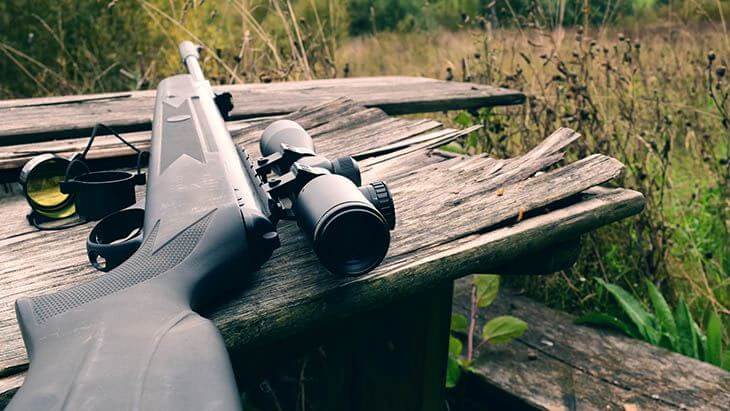
However, for my deer rifle I went with a 3-9X50mm scope. This allows me to adjust the magnification. With a deer kill zone being about the size of a basketball, I can safely take a rested shot at 300 yards. With where I hunt in the Ozark Mountains, this is the furthest I would ever consider shooting. All three of my kills this year were under 100 yards.
I plan to go elk hunting in the Flat Tops of Colorado either in 2017 or 2018, but will likely still stick with the same scope I use on my deer rifle. I will just be upgrading to a high powered rifle more suited for shots of 300 to 600 yards.
Your scope choice can vary widely based on the type of firearm, use, range, and target type. For articles that can get more specific, please read about the best 22 rifle scope and the best scope for an AR 10.
Brand and Quality
I once heard a wise hunter say that you should spend as much on optics as you can comfortably afford. I will agree with that statement to a point. You have to remember that you can be a perfect shot, but if the scope is not on line or makes it hard to view the target you will miss every time. This is one of the reasons why I was hesitant to get into scopes in the first place.
However, you do not have to break the bank to get the job done. Each of my scopes cost less than $100. Do your research, read the reviews, and get plenty of practice with your scope before you go hunting.
Mount and Profile
This is simple. An open mount lets you see under the scope to view your open sights in addition to using your scope. This can be helpful for running shots (which I do not take). It also raises up your scope about an inch making it bulkier and tougher to fit in a case. I went with normal mounts and just use the scope. Get the mounts good and tight so there is no wiggle in your mount.
Extras
My deer rifle scope is illuminated allowing me to view black crosshairs or to turn them different levels of red or green. In low light situations, this feature was very helpful.
You also have varying ways to adjust for windage and elevation. Do your research if you are going to be taking long shots on windy days.
Author Bio:
Kevin Steffey is an avid hunter and freelance writer. He loves spending time in the field with his rifle more than almost anything else, and occupies his off-time discussing deer and their habits online. He is a founder at www.deerhuntingfield.com
 www.GunsandOptics.com Tactical & Hunting Gear Review
www.GunsandOptics.com Tactical & Hunting Gear Review
